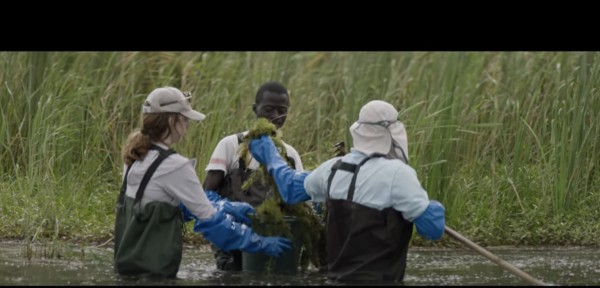
Wading in ankle-deep water, Senegalese women and children wash clothes in small basins. They laugh and chatter as they work. All around them, the water is covered with weeds. In those weeds live hordes of snails. Those snails host parasitic flatworms. And those flatworms repeatedly infect the villagers, causing schistosomiasis, a disease that results in distended stomachs, damaged organs, bloody urine, cancer and, in some cases, death.
Second only to malaria as the most devastating parasitic disease in the world, schistosomiasis annually infects 200 million people and claims 200,000 lives. Another 800 million people are at risk, predominantly across Africa, eastern Latin America and southeast Asia. While there are existing cures, reinfection rates are very high, says Jason Rohr, the Ludmilla F., Stephen J. and Robert T. Galla College Professor of Biological Sciences and chair of the biology department.